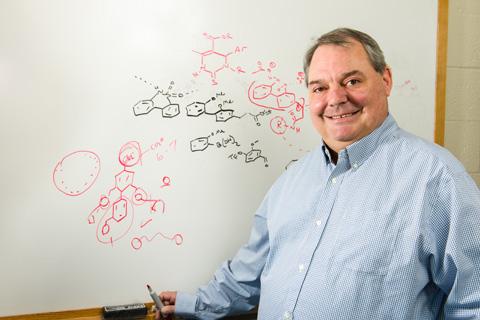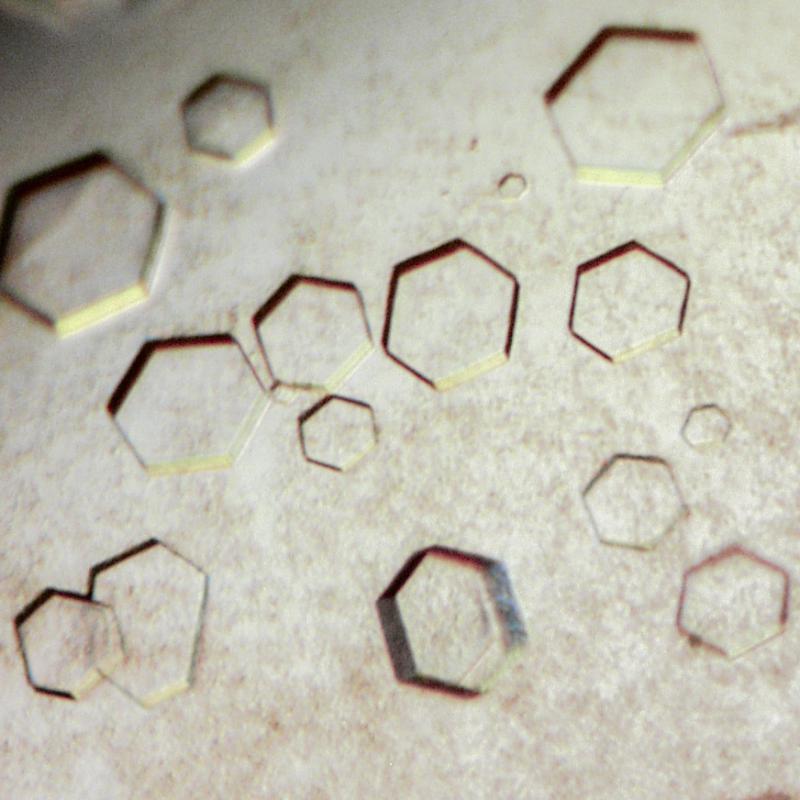Scientists at the Frederick National Lab have produced three crystal structures that reveal a specific part of a protein that can be targeted to fight the Middle East respiratory syndrome coronavirus (MERS-CoV), which causes an emerging viral respiratory illness.
Senior Investigator David Waugh, Ph.D., Macromolecular Crystallography Laboratory, has solved the structure of an enzyme known as the 3C-like protease (3CLpro), which, if blocked, can prevent the virus from replicating. Waugh’s lab used X-ray crystallography to produce detailed three-dimensional views of the enzyme that depict the entire structure, including the site that the enzyme uses to bind to other molecules. The binding site is an attractive target for inhibitors that could disable the enzyme and, thus, stop the virus from spreading.
MERS first appeared in Saudi Arabia in 2012, with some patients becoming infected after contact with camels; however, it is uncertain how camels spread the disease. MERS-CoV can be spread from person-to-person by sneezing, coughing, and even shaking hands. There is no treatment—four out of ten infected individuals will die.
The Centers for Disease Control and Prevention (CDC) is closely monitoring a new MERS-CoV outbreak in South Korea. So far, only two cases have been reported in the U.S. The CDC is working to identify the source of the virus, how it spreads, and how it can be controlled. The agency has also used advanced molecular detection to sequence the virus genome in order to further identify the characteristics of MERS-CoV.
In progressing research, the Macromolecular Crystallography Laboratory will use the three-dimensional structures of 3CLpro to find a congruous structure that can block the enzyme’s role in viral replication. Because MERS-CoV is similar to viruses that cause severe acute respiratory syndrome (SARS) and the common cold, with similarly structured 3CLpro, the current research may aid in drug development for all three viruses.
Waugh’s lab is screening potentially therapeutic compounds by breaking them into fragments and trying to match them with the enzyme’s active binding site. Fragments that reveal success in blocking 3CLpro will be further tested for their effect against MERS-CoV.
The research was supported by funding from the Frederick National Laboratory for Cancer Research’s prime contract and from the NCI Center for Cancer Research.



